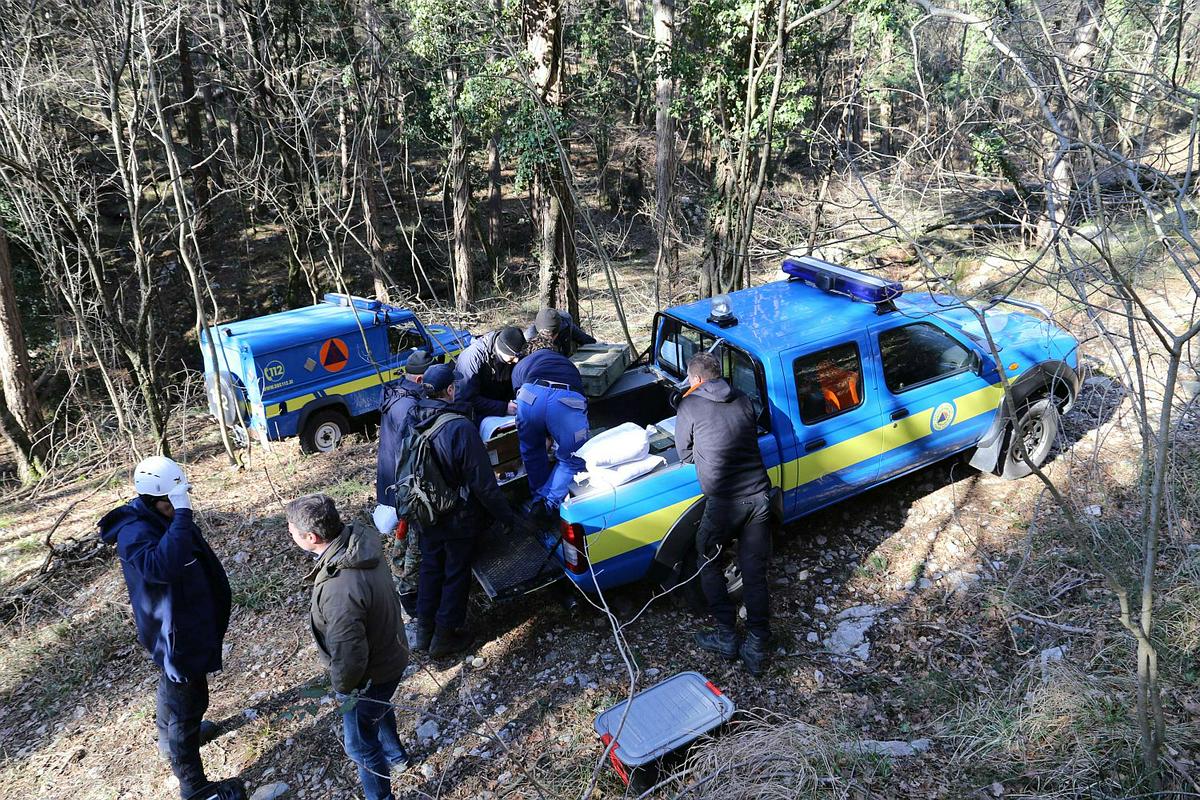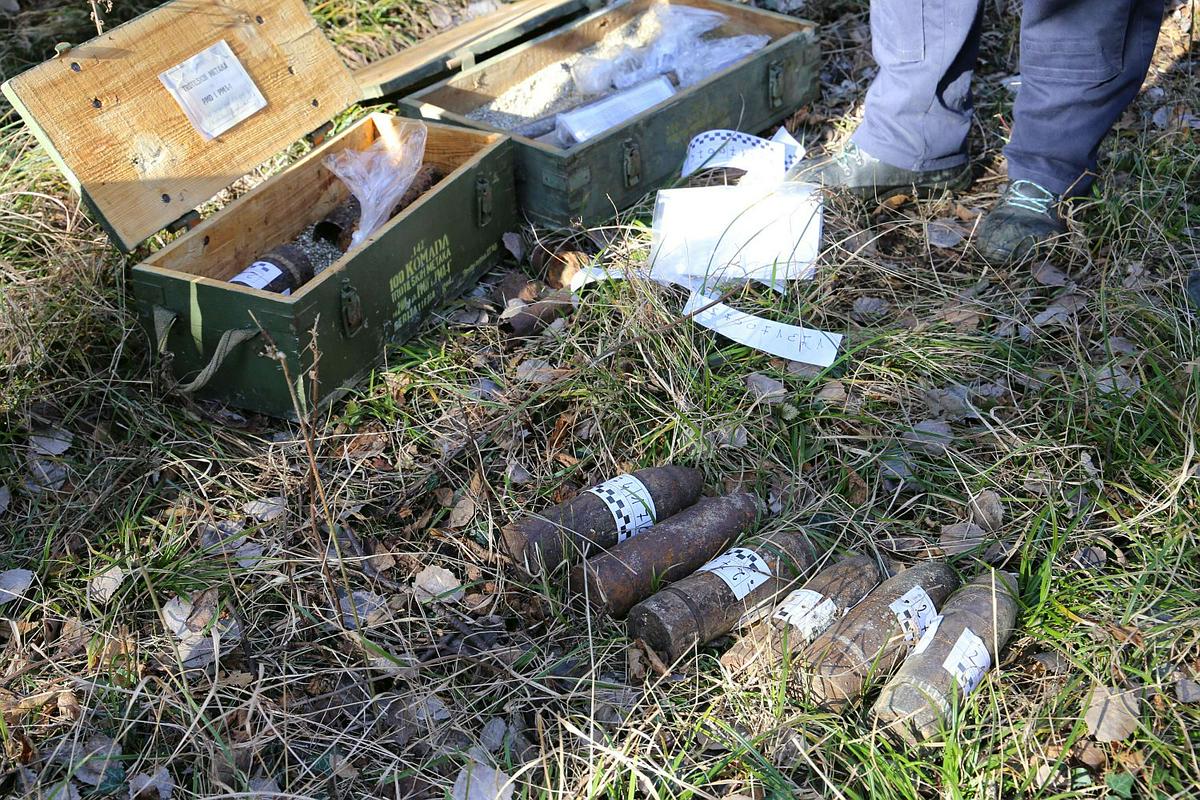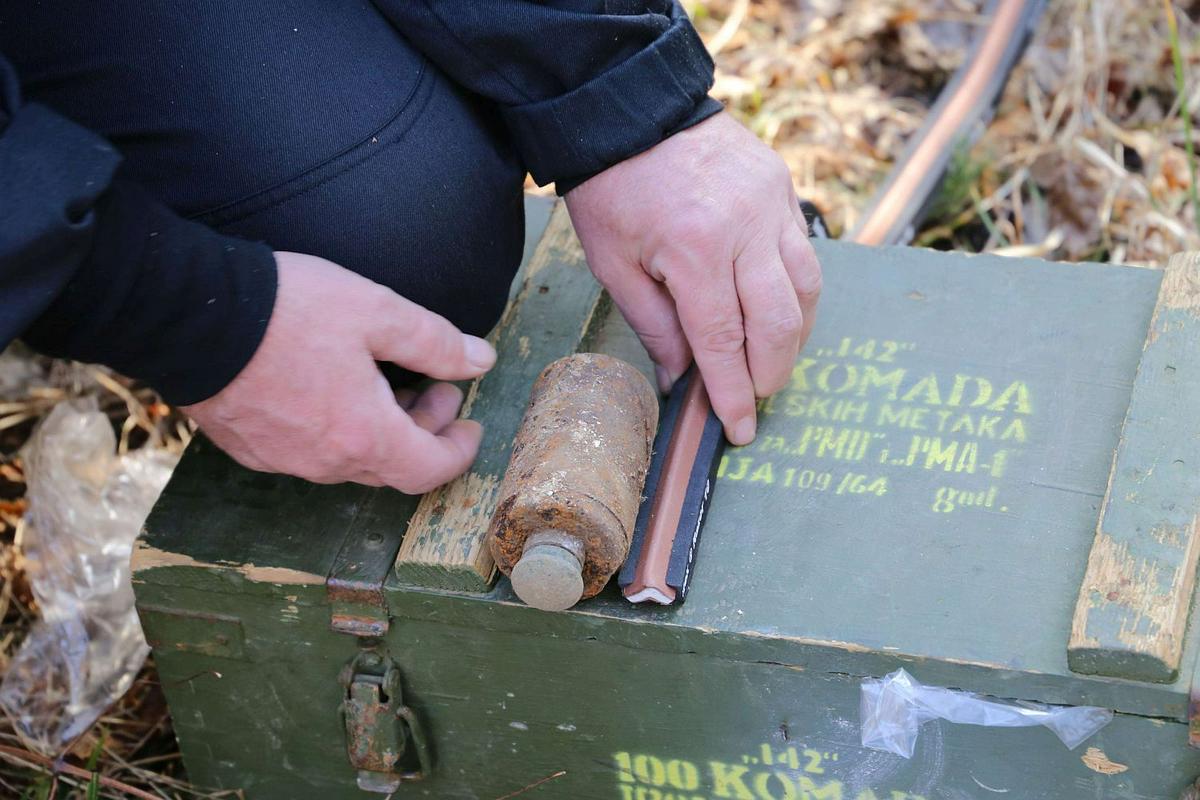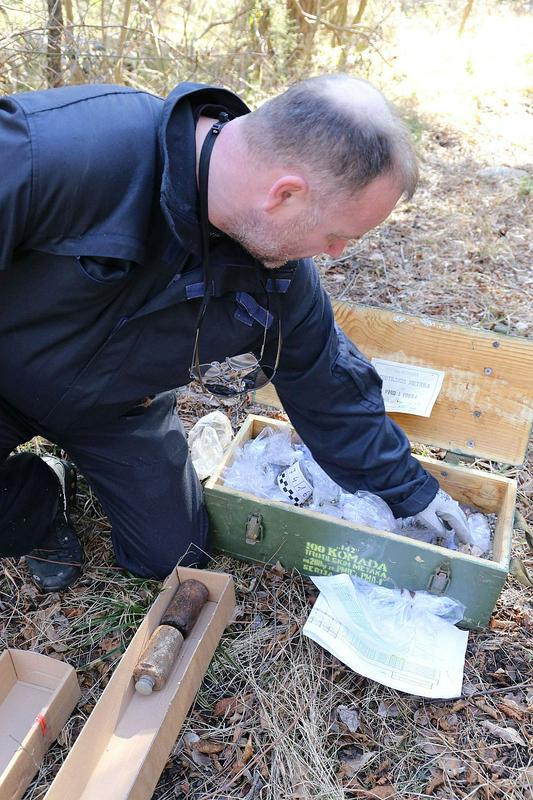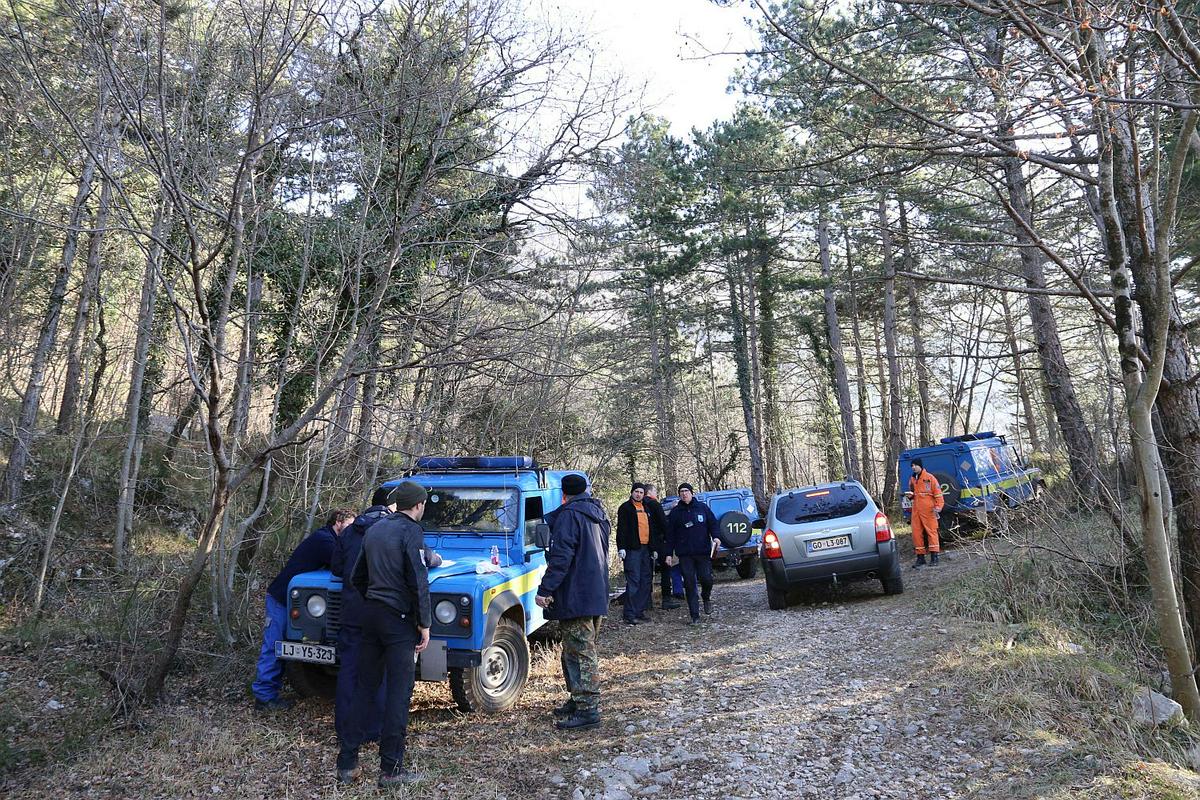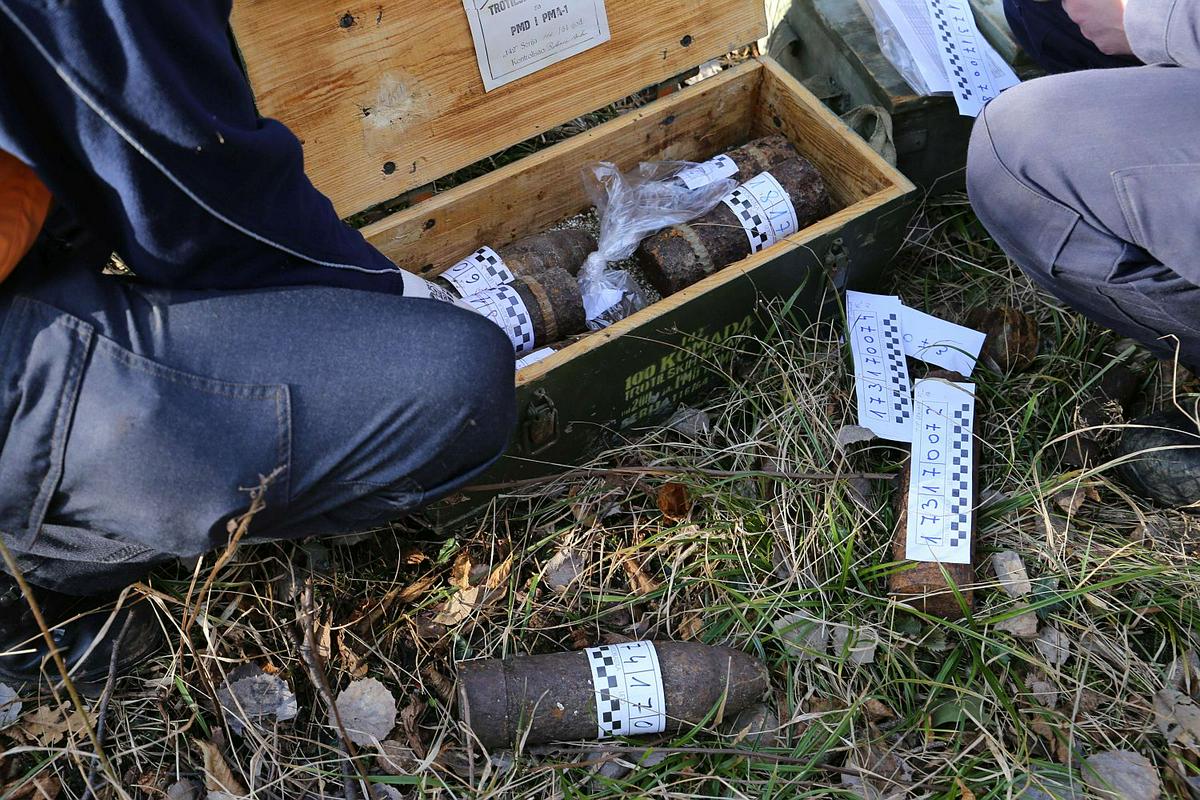
Most of the unexploded ordnance was from the period of the First World War. Darko Zonjič, the commander of the national explosive ordinance disposal unit, explained after the successfully completed action: "We used different methods, but mainly explosive was used. We used as little explosive as possible, in order to minimize the scatter of particles which reached up to 50 metres." Previously the entire area was secured, and the prohibition of movement was ordered for the wider area of the Trnovska plateau.
In spite of the fact that the unexploded ordnance was found a century after the First World War, they are still extremely dangerous. The explosive mixture within unexploded ordinance includes stabilizers which make grenades, bombs and mines less sensitive to external agents. In time, during decades, the stabilizers lose their effectiveness (military grade explosive remains relatively stable for a decade, commercial explosives only two years) and the predictability of the explosive mixture declines. After more than a century from the production the unexploded ammunition which remained buried in ground or in water is extremely unstable, and consequently presents mortal danger.




















































